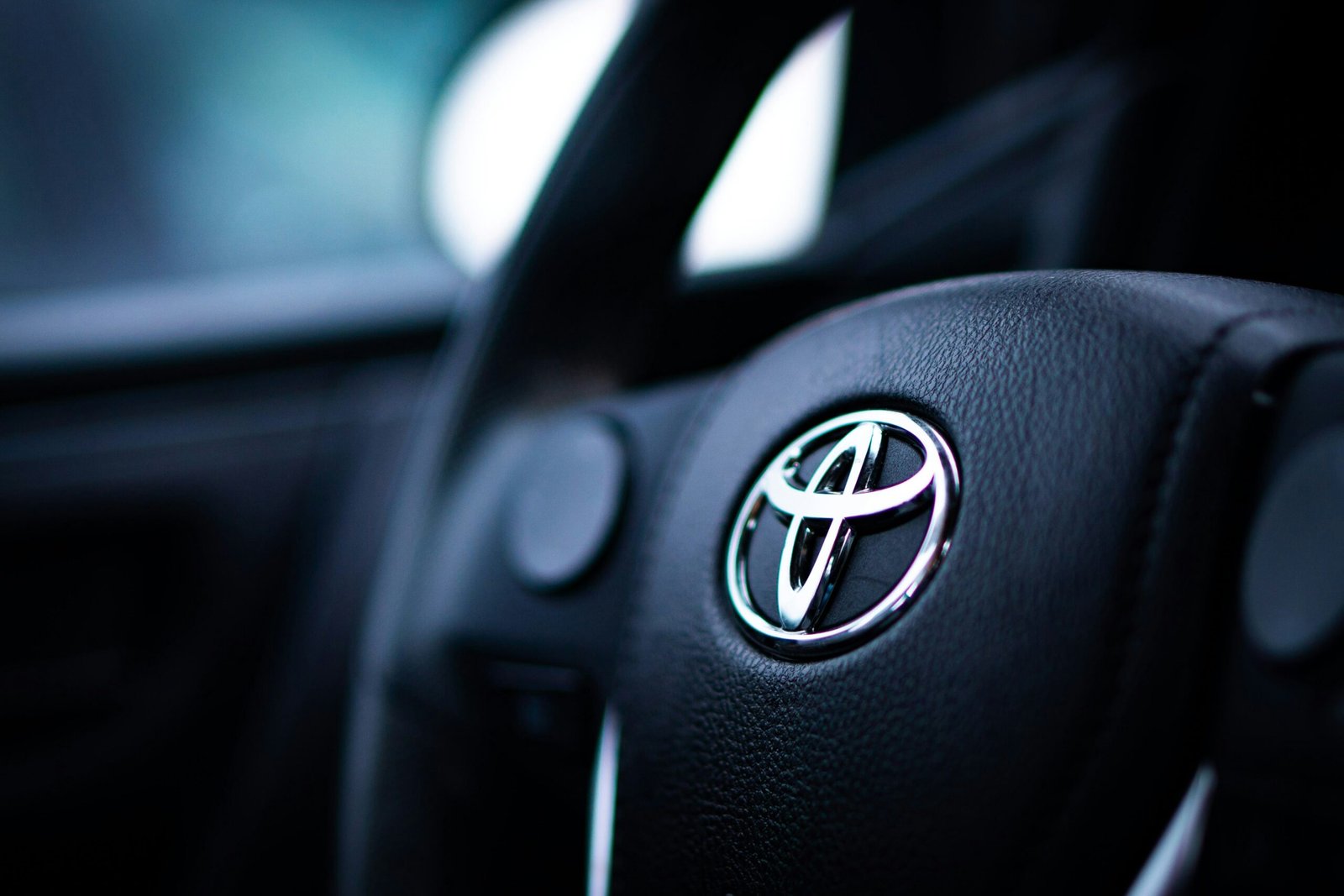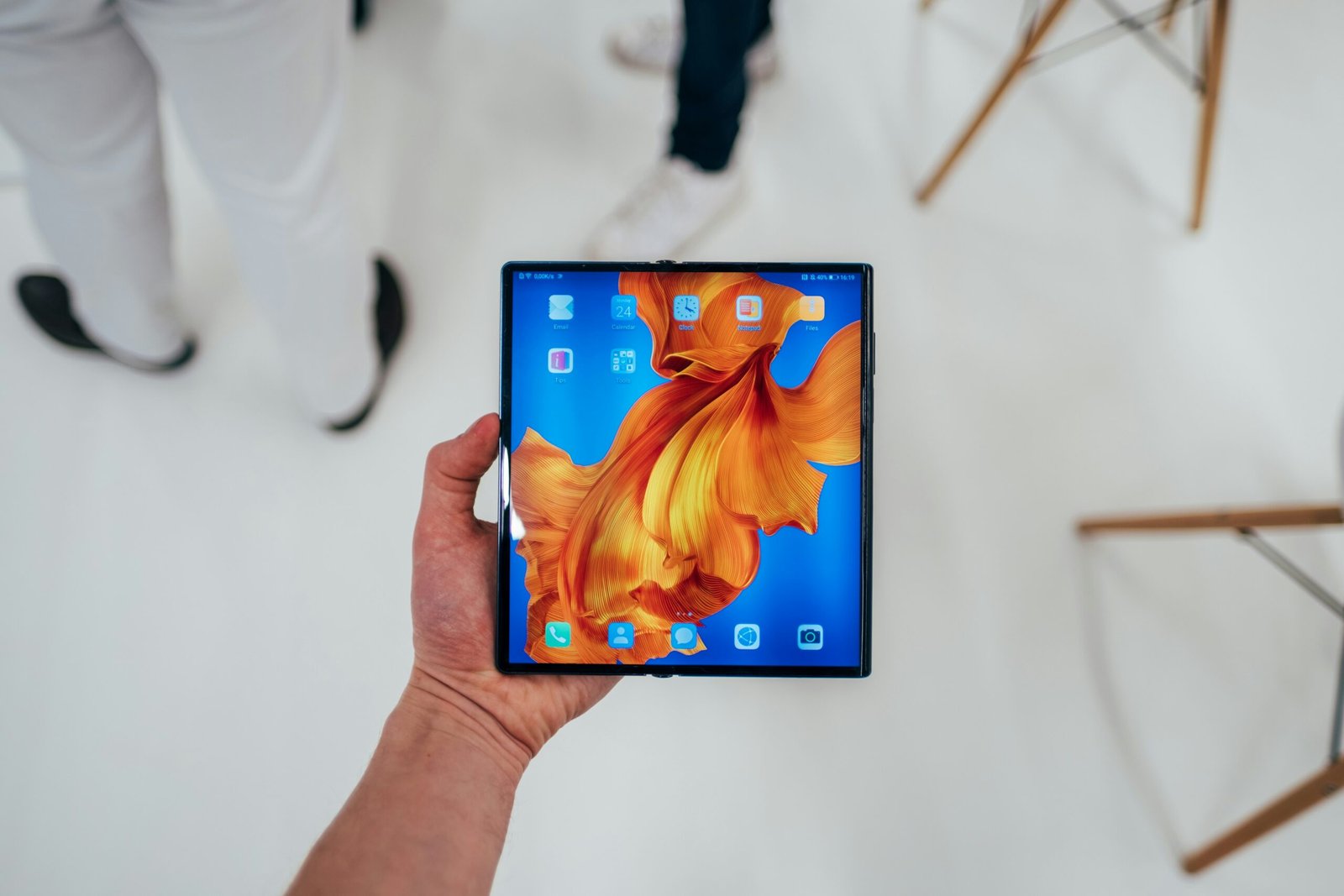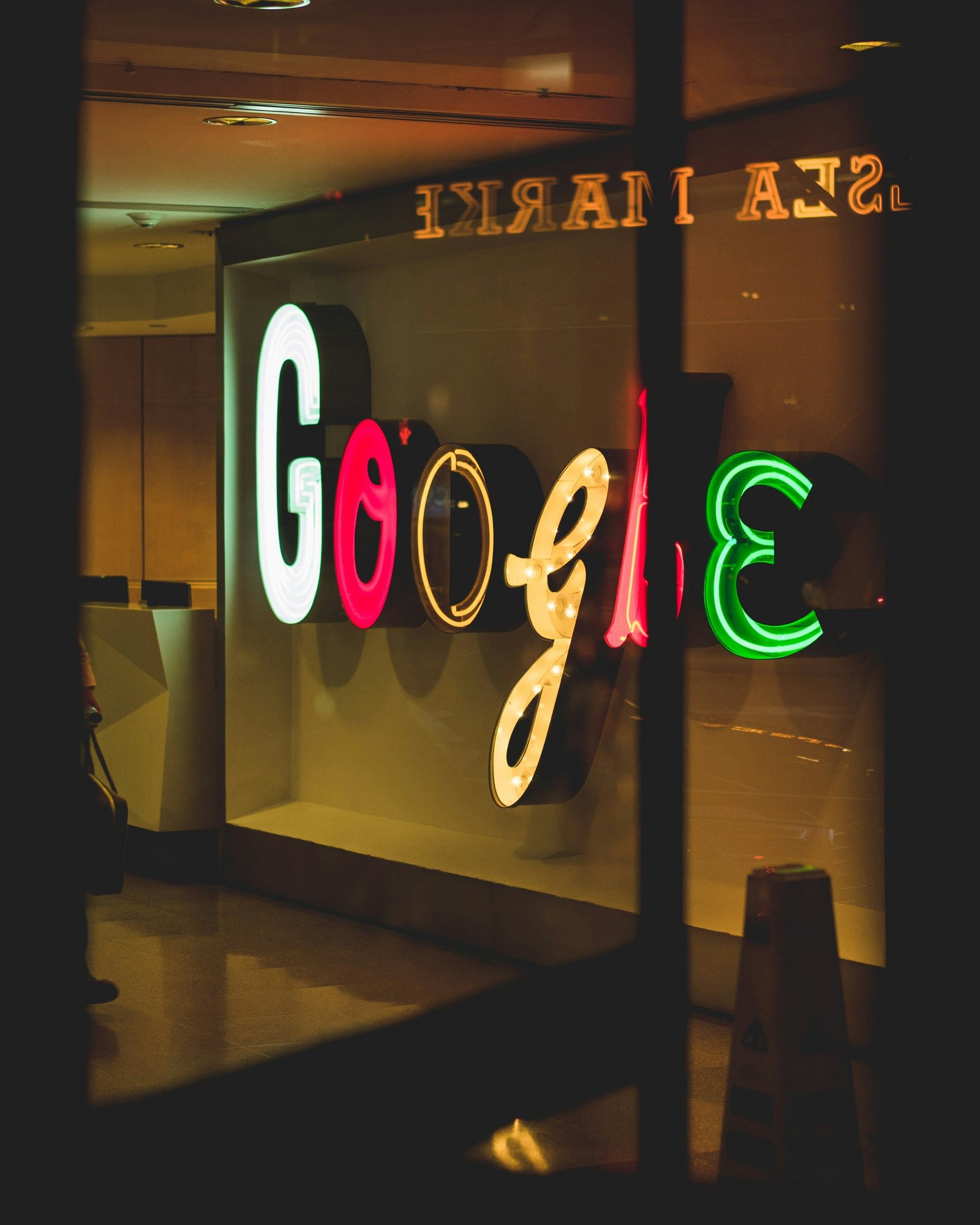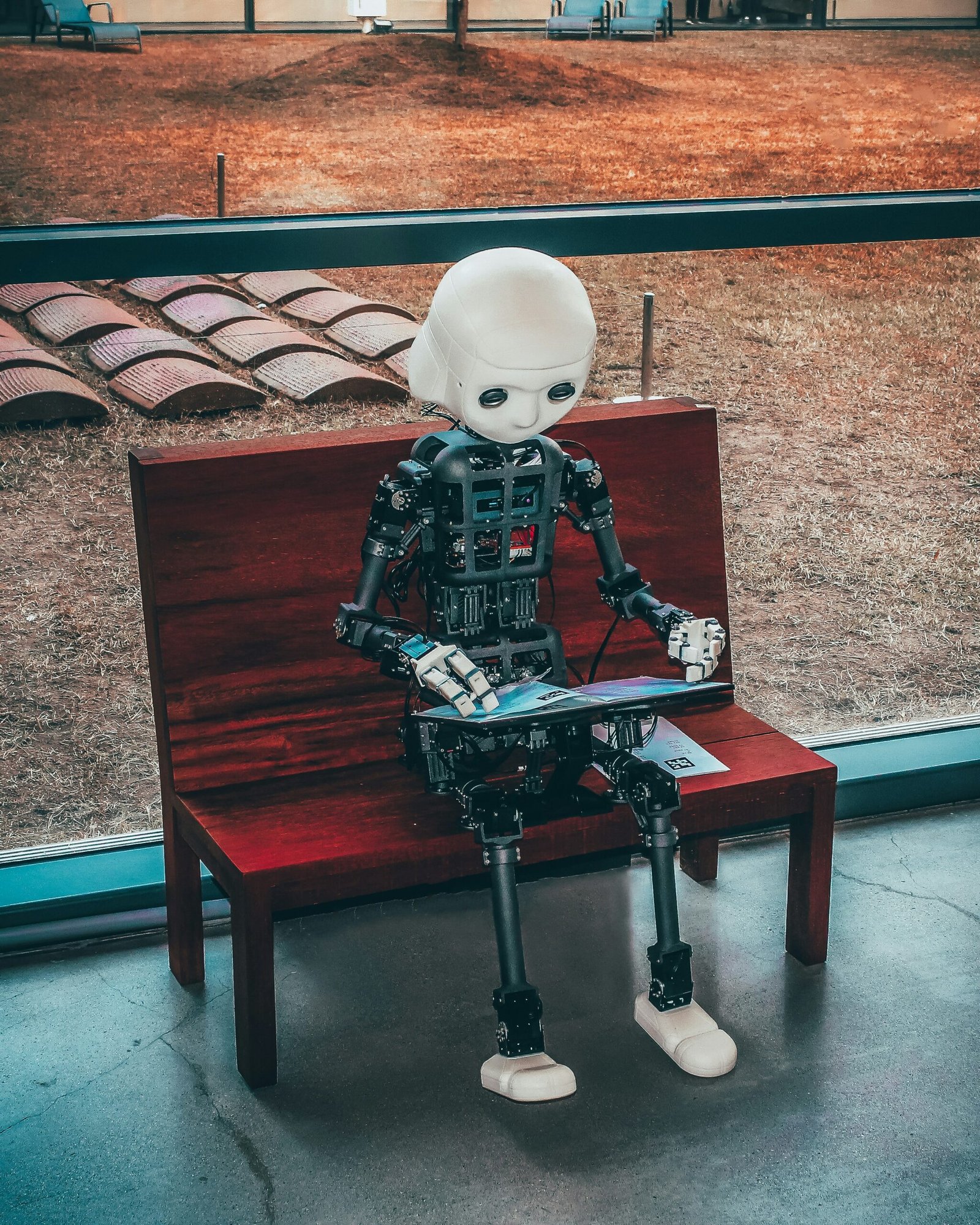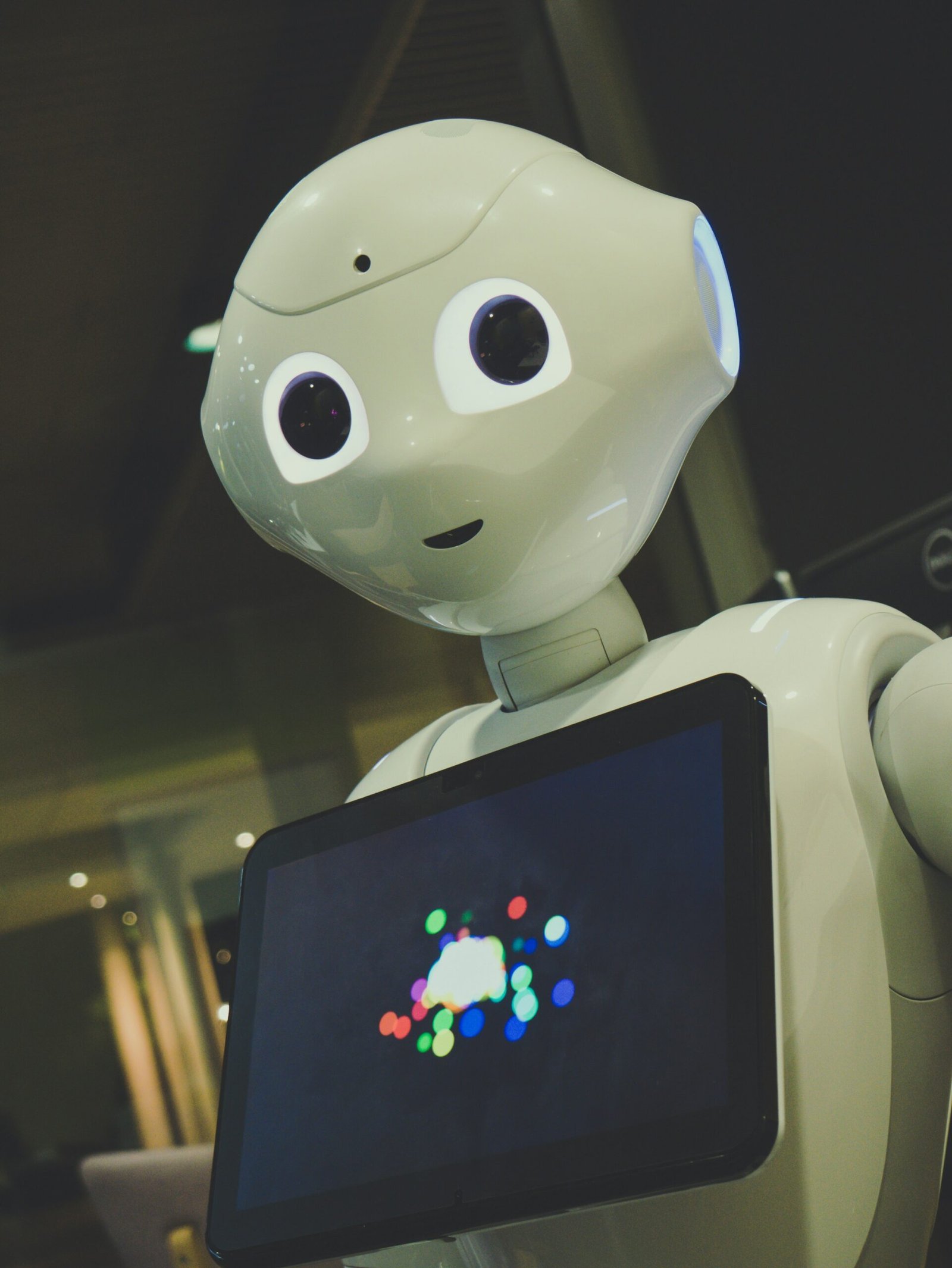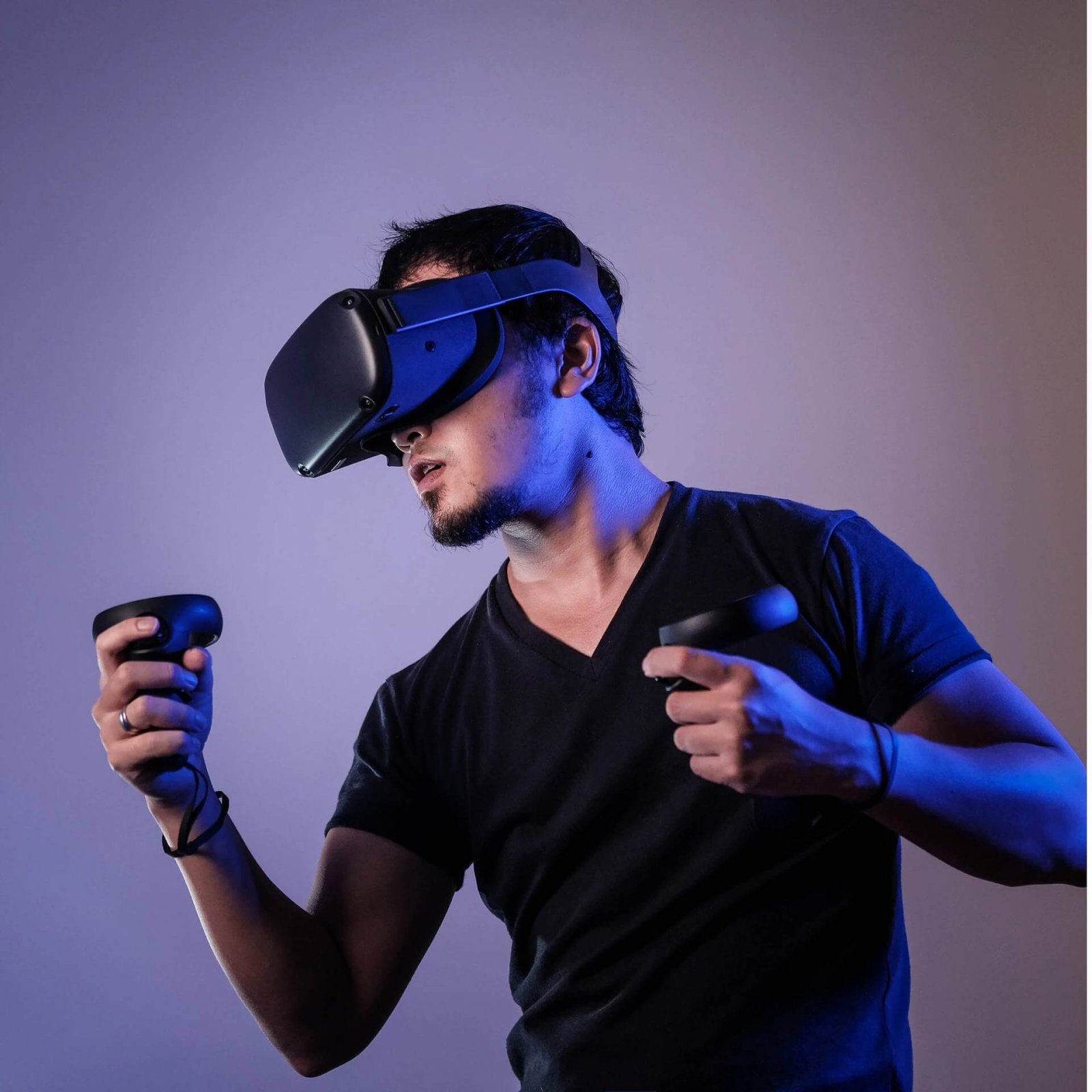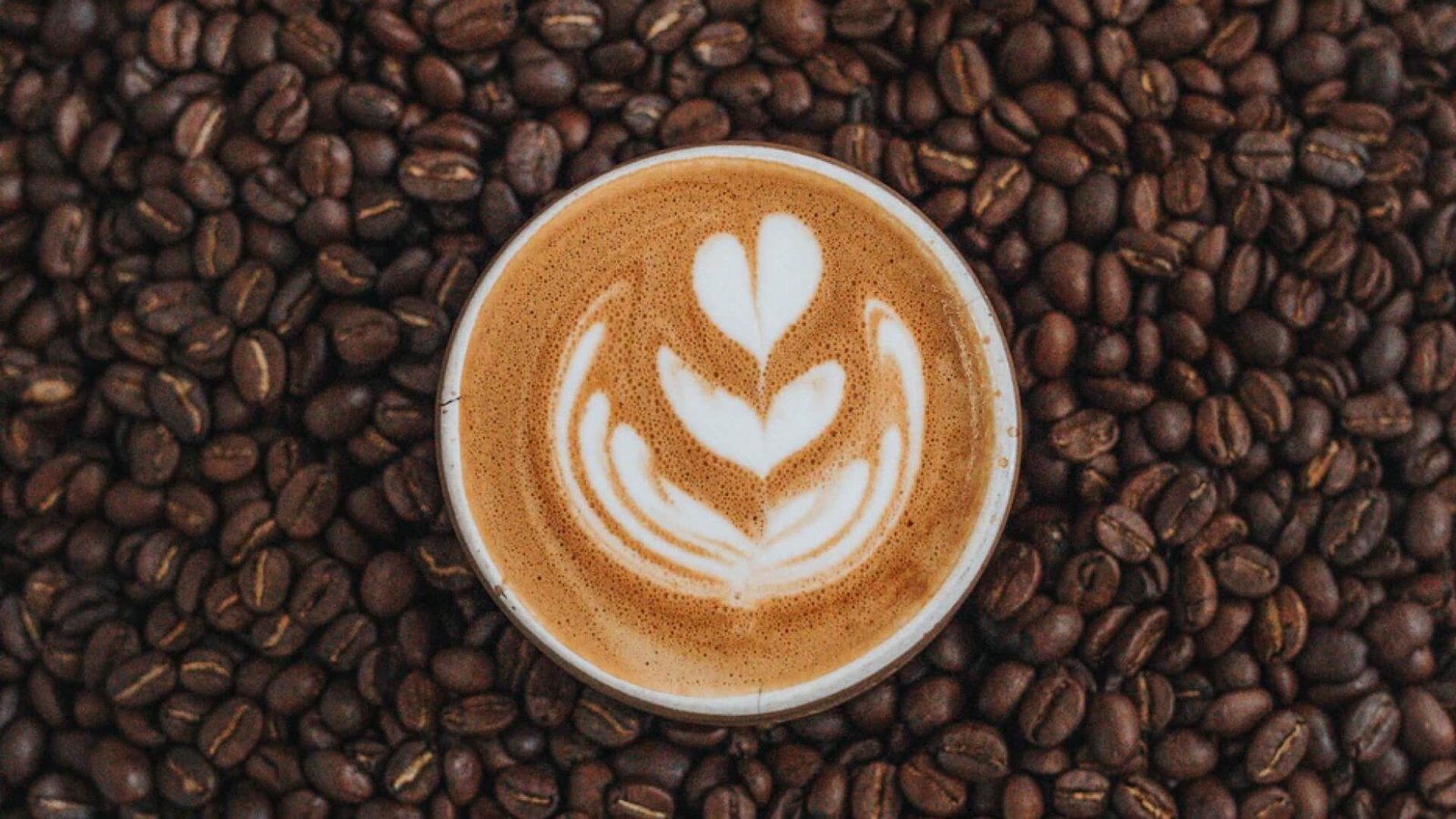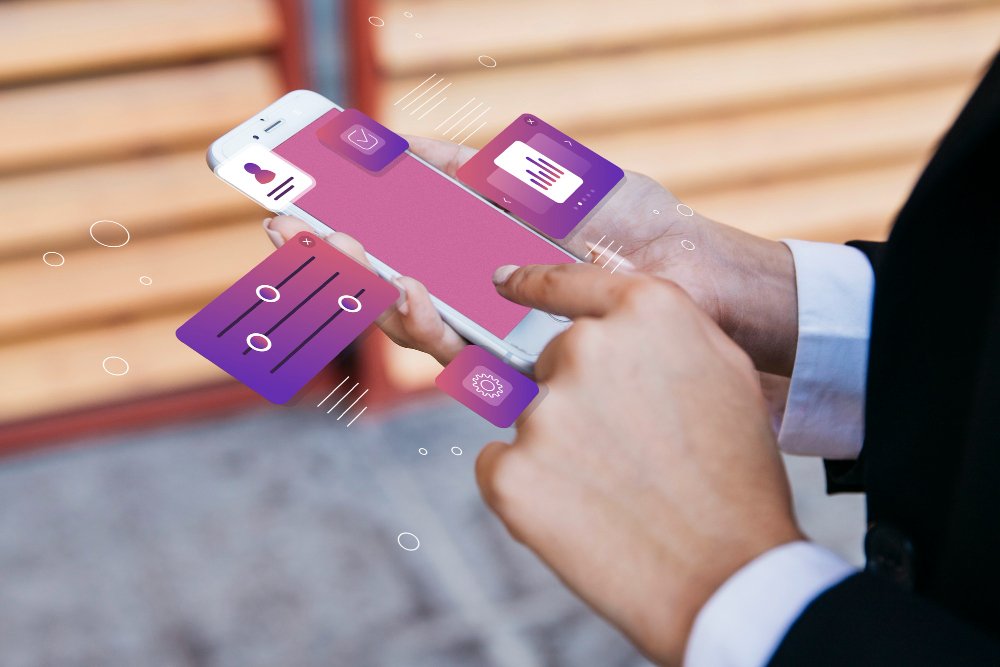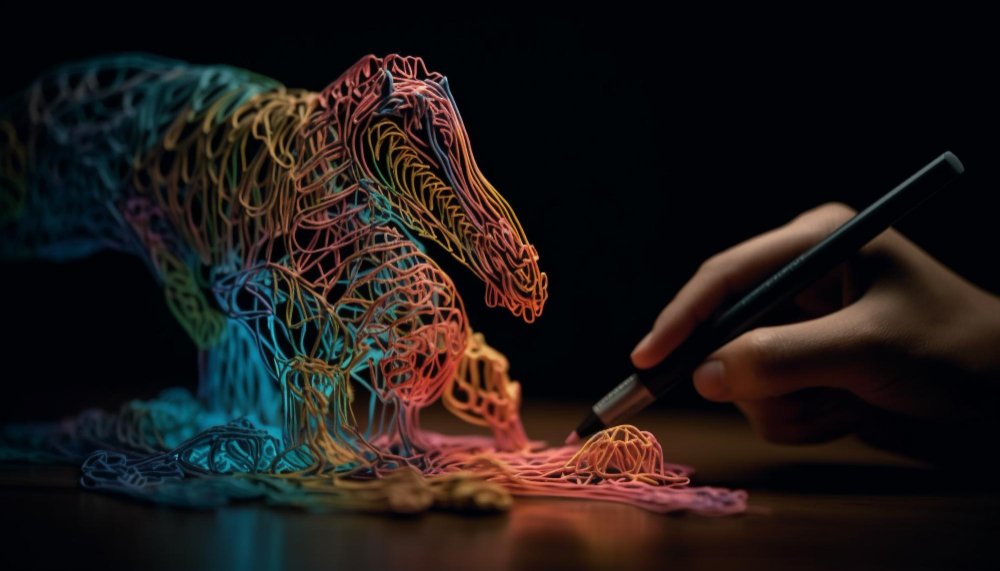
The Fusion of Art and Technology: A Harmonious Convergence
In the 21st century, the intersection of art and technology has given rise to a captivating and transformative synergy. This fusion not only redefines the creative process but also shapes the way we perceive and interact with the world around us. In this blog, we’ll explore the dynamic relationship between art and technology, unraveling the profound impact of their convergence and examining how it has reshaped various aspects of our lives.
The Evolution of Art in the Digital Age
Digital Art: A Canvas of Possibilities
The advent of digital technology has ushered in a new era for artistic expression. Digital art, encompassing mediums such as digital painting, graphic design, and interactive installations, provides artists with a limitless canvas of possibilities. Digital tools and software empower artists to experiment, iterate, and push the boundaries of traditional artistic mediums.
Generative Art: Where Code Meets Creativity
Generative art represents a fusion of coding and artistic expression. Artists use algorithms and programming languages to create works that evolve, morph, and generate themselves dynamically. This marriage of code and creativity not only challenges conventional notions of authorship but also introduces an element of unpredictability and randomness into artistic creation.
Technological Innovations Shaping Artistic Expression
Virtual Reality (VR) and Augmented Reality (AR)
Virtual and augmented realities have become powerful tools for artists to craft immersive experiences. VR allows viewers to step into a digital realm, experiencing art in three-dimensional spaces, while AR overlays digital elements onto the real world. These technologies break down the traditional boundaries between the observer and the artwork, fostering a deeper level of engagement and interactivity.
Artificial Intelligence (AI) in Art Creation
The integration of artificial intelligence in art creation is revolutionizing how artworks are conceived and produced. AI algorithms can analyze vast datasets, learn artistic styles, and generate original pieces of art. This collaboration between human creativity and machine intelligence raises questions about the nature of creativity and challenges traditional notions of the artist as the sole creator.
Art in Public Spaces: Melding Aesthetics and Technology
Interactive Installations and Public Art
Art in public spaces has evolved beyond static sculptures and murals. Interactive installations leverage technology to engage with the audience on a participatory level. From interactive light displays to sculptures that respond to human movement, these installations redefine the relationship between the viewer and the artwork, turning public spaces into dynamic and ever-changing galleries.
Digital Mapping and Projection Art
Digital mapping and projection art transform ordinary structures into dynamic canvases. Through the use of projectors and advanced mapping techniques, artists can project intricate animations and visuals onto buildings, bridges, and landscapes. This form of art not only revitalizes urban spaces but also provides a unique platform for storytelling and cultural expression.
The Impact of Art and Technology on Entertainment and Media
Immersive Experiences in Entertainment
In the realm of entertainment, the fusion of art and technology has given rise to immersive experiences. Virtual reality concerts, augmented reality storytelling, and interactive exhibits provide audiences with multi-sensory engagements that transcend traditional forms of entertainment. These innovations redefine the boundaries between performers and spectators.
Digital Animation and Film Industry
Advancements in technology have propelled the digital animation and film industry to new heights. Computer-generated imagery (CGI), motion capture, and virtual production techniques have enabled filmmakers to bring fantastical worlds to life with unprecedented realism. This convergence of art and technology has not only transformed the visual aesthetics of cinema but also expanded the possibilities of storytelling.
The Fusion of Art and Technology in Everyday Life
Artistic Wearables and Fashion Tech
The world of fashion has embraced the fusion of art and technology through the emergence of artistic wearables and fashion tech. Designers incorporate embedded LEDs, sensors, and interactive elements into garments, creating pieces that respond to the wearer’s movements or external stimuli. This intersection of fashion and technology introduces a dynamic and customizable dimension to personal style.
Digital Platforms as Artistic Canvases
Social media platforms and digital spaces have become canvases for artistic expression. Artists leverage platforms like Instagram, TikTok, and Pinterest to showcase their work, connect with audiences, and even create art specifically tailored for the digital medium. The accessibility of these platforms has democratized the distribution of art and amplified its reach.
The Ethical and Societal Implications of Art and Technology
Ownership and Authenticity in Digital Art
The rise of digital art has raised questions about ownership and authenticity. With the ability to reproduce and share digital files, the traditional concept of owning a unique piece of art faces challenges. Blockchain technology is being explored as a solution to establish provenance and authenticity in the digital art world.
Surveillance and Privacy Concerns
Artistic installations and technologies, particularly those involving surveillance and data collection, bring forth ethical considerations. Balancing the artistic intent with privacy concerns becomes crucial in interactive installations that capture and analyze data from individuals. Striking the right balance ensures that the convergence of art and technology respects ethical boundaries.
Reference Links and Further Reading
To delve deeper into the fusion of art and technology, consider exploring the following reference links:
- The Creators Project: An online platform showcasing projects at the intersection of art and technology.
- Ars Electronica Center: Explore the center dedicated to the confluence of art, technology, and society.
- Digital Trends in Art and Culture: Pew Research Center’s report on digital trends shaping art and culture.
- The Art of AI: E-flux journal’s exploration of artificial intelligence in the realm of art.
- Art in the Age of the Internet: Explore the exhibition that examines the impact of the internet on artistic practice.
Conclusion: The Ever-Evolving Canvas of Creativity
The fusion of art and technology has transformed the creative landscape, offering new tools, mediums, and possibilities for artistic expression. As technology continues to advance, the boundaries between art and technology will likely blur even further, opening avenues for innovation, experimentation, and societal reflection.
This harmonious convergence not only enriches our aesthetic experiences but also challenges our perceptions of what art can be. Whether it’s a virtual reality masterpiece, an interactive public installation, or a digital painting generated by artificial intelligence, the fusion of art and technology invites us to reimagine the world around us and explore the limitless potential of human creativity in the digital age.


